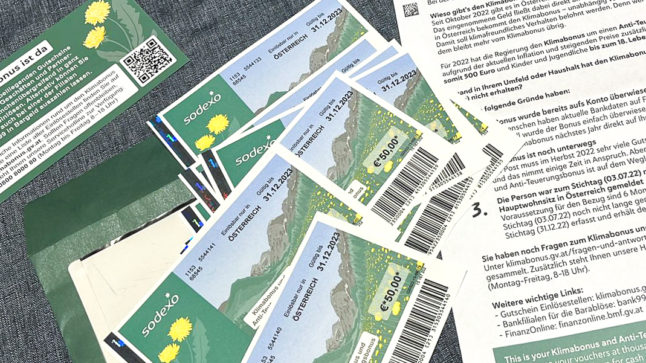Hofer might be known as one of the cheapest places to go shopping in Austria, but a report from the Chamber of Labor (AK) shows sharp increases in prices in the past year.
The cheapest groceries and cleaning products at Hofer were found to have gone up by 37.5 percent between September 2021 and September 2022.
At Penny, another discount store, prices have increased by 38 percent during the same period and by 34 percent at Lidl, reports ORF.
READ ALSO: Klimabonus in Austria: What to do if you miss the pickup deadline for your voucher
Billa Plus was almost 37 percent more expensive for cheap food and cleaning products, and at Interspar prices were up by 27 percent. Spar had the smallest price increase at almost 26 percent.
The AK surveyed several supermarkets and drug stores like Bipa and and DM to create the price comparison report. In total, prices in five online stores and 10 branches were analysed.
For branded food and cleaning products, prices at the online Billa store were 23 percent more expensive than one year ago. And at Interspar, prices were up by almost 18 percent.
READ NEXT: Reader question: Is travelling to Austria this winter worth it?
The study also revealed that many inexpensive “own label” products were no longer available. Instead, consumers were only offered branded products that are already more expensive.
The AK also said that cheap sunflower oil is now 194 percent more expensive that it was last year, in a move described as “price gouging”.
Additionally, in January of this year, a cheap nail polish remover was €0.48. In September, the cheapest option available to buy was €3.93.



 Please whitelist us to continue reading.
Please whitelist us to continue reading.
Member comments